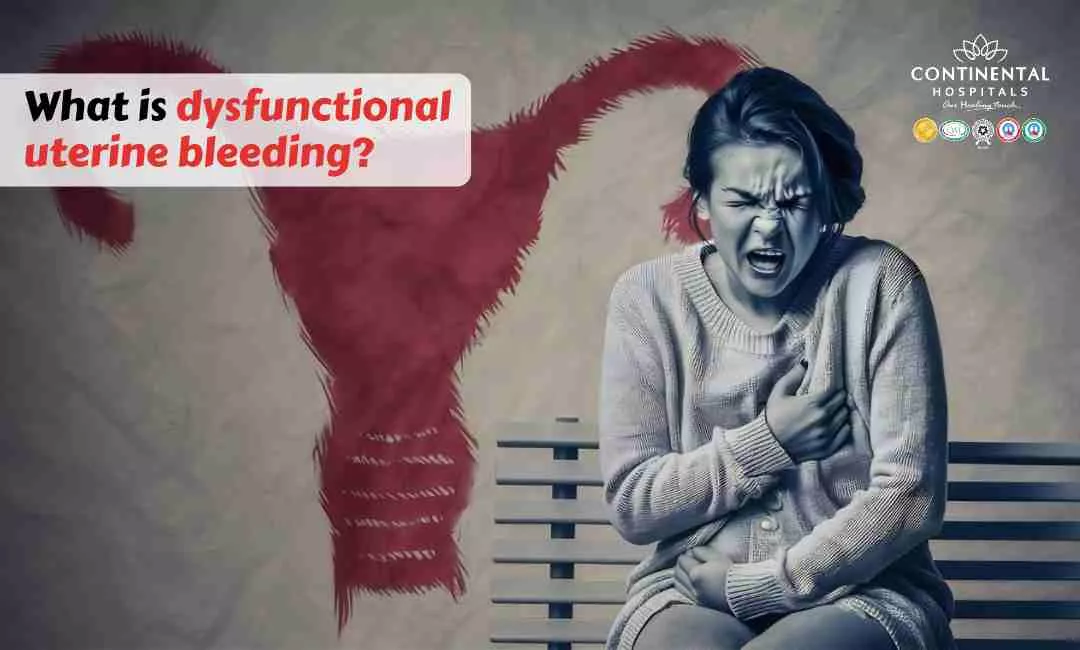Chronic joint pain is a persistent and often debilitating condition that affects millions of people worldwide. It can significantly impact one's quality of life, making it essential to understand the causes, symptoms, and available treatment options. This blog post delves into these aspects while also exploring the fascinating field of cartilage regeneration as a promising avenue for managing joint pain.
Causes of Chronic Joint Pain
Chronic joint pain can have a multitude of causes. One of the most common culprits is osteoarthritis, a degenerative joint disease that occurs when the protective cartilage that cushions the ends of bones wears down over time. Rheumatoid arthritis, an autoimmune disorder, and gout, a form of arthritis caused by the buildup of uric acid crystals in the joints, are also frequent sources of chronic joint pain. In addition, overuse or injury can lead to chronic pain, as can conditions like fibromyalgia and lupus. It's crucial to identify the underlying cause of the pain for effective treatment.
Symptoms of Chronic Joint Pain
The symptoms of chronic joint pain can vary depending on the underlying cause. However, common symptoms include persistent discomfort, swelling, stiffness, and reduced range of motion in the affected joints. Pain often worsens with activity, making everyday tasks challenging. Inflammation is a hallmark of many joint conditions, leading to redness, warmth, and tenderness in the affected area. These symptoms can significantly impact one's physical and emotional well-being.
If you're experiencing chronic joint pain, it is essential to consult with an Orthopedist as soon as possible.
Treatment Options for Chronic Joint Pain
Treatment for chronic joint pain aims to alleviate pain, reduce inflammation, and improve joint function. Non-pharmacological approaches include physical therapy, weight management, and assistive devices to ease joint stress. Medications like nonsteroidal anti-inflammatory drugs (NSAIDs) or analgesics can offer relief, but they may have side effects. In some cases, corticosteroid injections can provide temporary relief. For severe joint damage, surgical interventions such as joint replacement may be necessary.
Cartilage Regeneration as a Promising Solution
In recent years, the field of cartilage regeneration has shown great promise in managing chronic joint pain. This approach involves stimulating the growth and repair of damaged or worn cartilage. Various techniques, including microfracture, autologous chondrocyte implantation (ACI), and platelet-rich plasma (PRP) therapy, are being explored. These methods aim to promote the body's natural healing processes, potentially delaying or even avoiding the need for joint replacement surgery. While the science of cartilage regeneration is still evolving, it offers hope for individuals suffering from chronic joint pain, as it addresses the root cause of many joint conditions.
In conclusion, chronic joint pain is a challenging condition with numerous potential causes, and its symptoms can be debilitating. However, a range of treatment options is available to help individuals manage their pain and improve their quality of life. Additionally, the emerging field of cartilage regeneration holds promise for addressing the underlying issues that lead to joint pain. As research in this area continues to advance, it may offer new hope for those seeking long-term relief from chronic joint pain. If you're experiencing chronic joint pain, consult with a healthcare professional to explore the most suitable treatment options based on your specific condition.
.webp)














